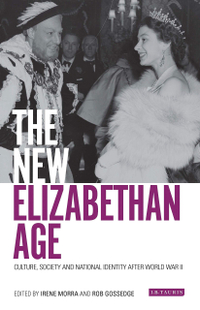What era is the UK in now - following the Elizabethan age?
The death of Queen Elizabeth II brings with it a new era with a different name
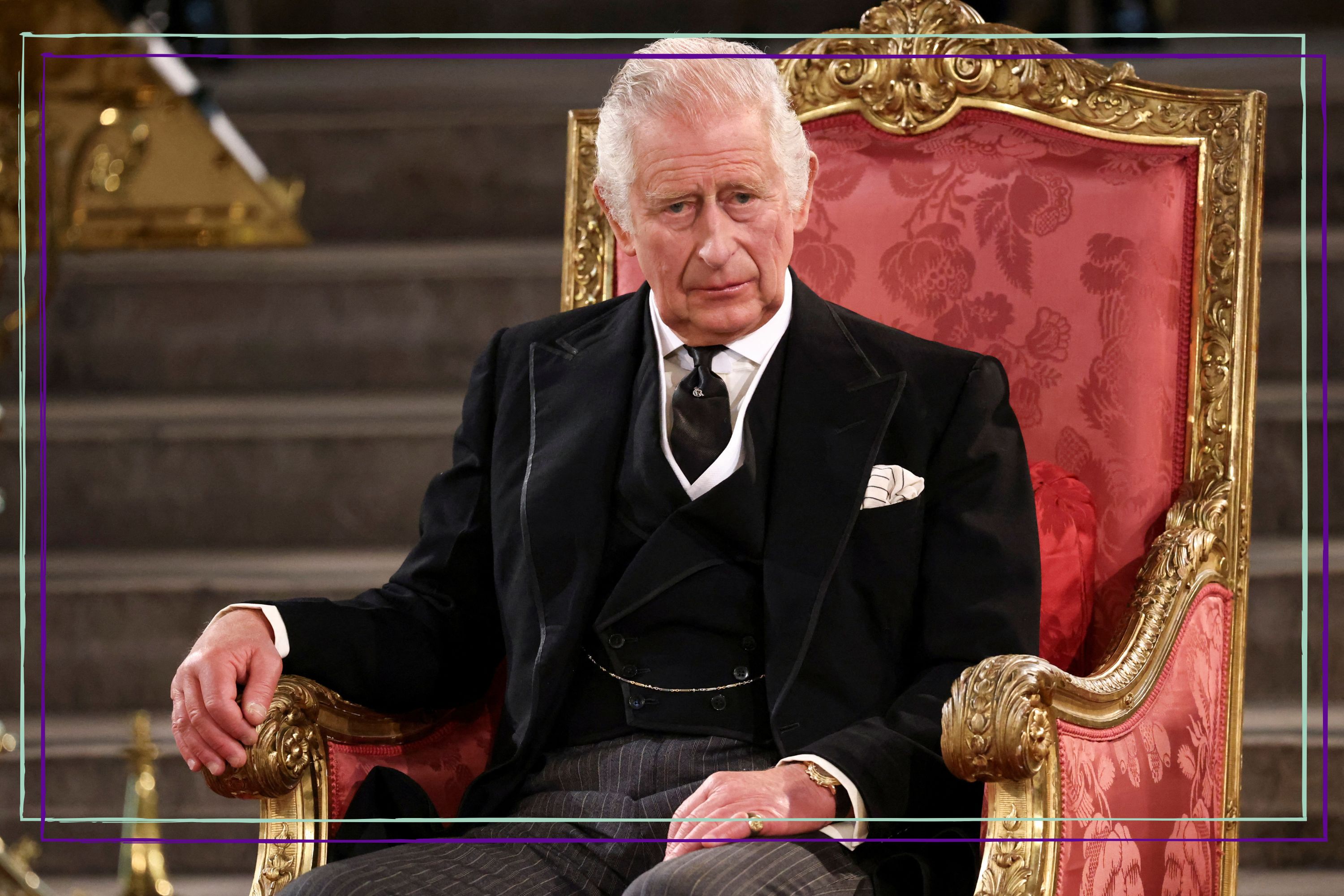
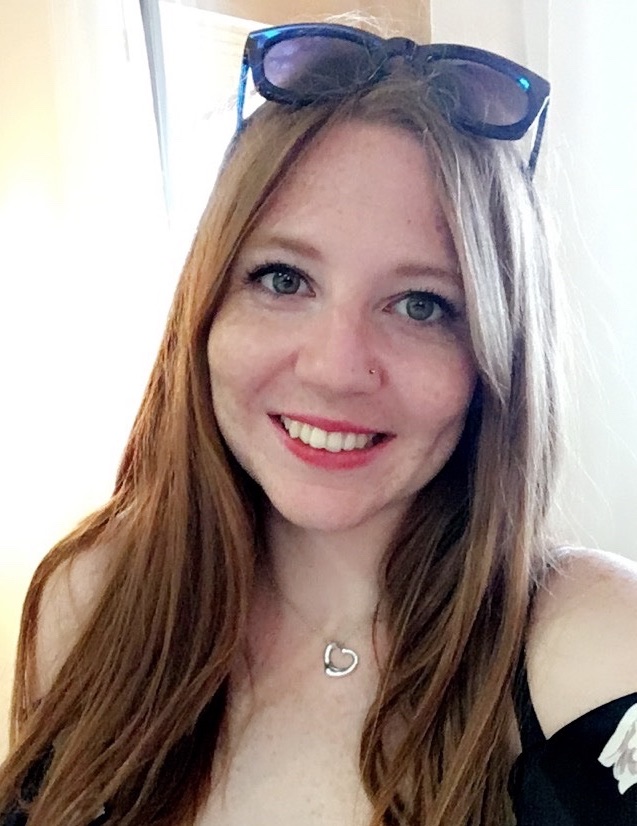
Many are wondering what era the UK is now in, as we welcome a new monarch and age in British history.
There's been plenty of new changes for the people of the UK and Commonwealth to come to grips with in the aftermath of Queen Elizabeth II's death and news of King Charles III's coronation. With the biggest change of all being the arrival of a new monarch (plus Camilla being Queen or officially Queen consort), who are set to reign for the forseeable.
Mourners were greeted by King Charles III as they laid tributes and flowers for his late mother outside Buckingham Palace. And as is tradition, England's Prime Minister Liz Truss was the first to throw her support behind the new monarch after his immediate accession the throne. In her speech - outside 10 Downing Street - the PM made reference to a new era under Charles that has many left with questions.
What era is the UK in now?
Now under the reign of King Charles III, the UK finds itself in the New Carolean era. The official name of this new age was confirmed by Prime Minister Liz Truss in the aftermath of Queen Elizabeth II's death.
Following the accession of King Charles III, Liz Truss said "His Majesty, King Charles III bears an awesome responsibility that he now carries for all of us. Our New Carolean age. The crown endures, our nation endures, and in that spirit I say God save the King."
The UK will remain under the New Carolean age from now until the death of King Charles III. A new era will then begin under Charle's successor - which the royal line of succession currently states is Prince William.
Why is it called the New Carolean era?
It's called the New Carolean era because the Latin name for Charles is "Carolus". The same name applied when King Charles II was on the throne between 1660-1685, hence why under King Charles II it is known as the 'New Carolean' age.
GoodtoKnow Newsletter
Parenting advice, hot topics, best buys and family finance tips delivered straight to your inbox.
Interestingly though, the era under the first King Charles was known instead as the Caroline era (also deriving from the Latin name). King Charles I ruled from 1625 until his execution in 1649. His son Charles went on to become King Charles II.
Charles II was crowned King of Scotland following his father's death, but his efforts to reclaim England resulted in a defeat by Oliver Cromwell. He then fled and lived in exile until Cromwell's death in 1658. And when Cromwell's son resigned, Charles II was invited back to England and crowned King in 1660.
A post shared by The Royal Family (@theroyalfamily)
A photo posted by on
King Charles III made his first address to the nation in a televised broadcast that went out at 6pm on 9 September 2022. During the 9-minute speech, he shared what people could expect from his as a monach and how his life will change now on the throne.
"It will no longer be possible for me to give so much of my time and energies to the charities and issues for which I care so deeply," he said. "But I know this important work will go on in the trusted hands of others."
He concluded his address by paying tribute to his mother: "And to my darling Mama, as you begin your last great journey to join my dear late Papa, I want simply to say this: thank you.
"Thank you for your love and devotion to our family and to the family of nations you have served so diligently all these years," he said. "May 'flights of Angels sing thee to thy rest."
What was the Queen Elizabeth II era called?
The era under Queen Elizabeth II was called the New Elizabethan age. This period began after the death of the Queen's father King George VI on 6 February 1952 and officially ended on 8 September 2022 - following Her Majesty's death.
The first Elizabethan age took place during Queen Elizabeth I's reign between 1558-1603. The Virgin Queen's time on the throne is also nicknamed "The Golden Age" as it was a time of great econmonic prosperity and saw an expansion of the arts.
As for the New Elizabethan age, many will remember it as a period of great change - owing to the seven decades the Queen was on the throne. The New Elizabethan age began with Britain recovering form the aftermath of the Second World War and sadly ends at a time of another one - Russian's invasion of Ukraine.
The New Elizabethan Age: Culture, Society and National Identity after World War II
This book investigates the New Elizabethan era and its legacy. With contributions from leading cultural practitioners and scholars.
The dawn of an new era brings about both big and small changes. Stamps, coins, bank notes, postboxes, official uniform and government documents that all currently bear the Queen's portrait or royal cypher will have to be replaced with that of King Charles III.
The above will however all remain valid until new ones are circulated.
Stamps bearing the image of Queen Elizabeth II will remain validhttps://t.co/gpTYZzEywMSeptember 9, 2022
Are we in the Windsor era?
Some have speculated that the age under King Charles III - and that of his late mother too - could technically be considered the "Windsor era". This is based on the idea of the Tudor period - which saw one house produce a number of reigning monarchs for a certain period of time.
The House of Windsor came to be in 1917 - which could technically be considered the start of the Windsor era. It was founded by George V (Queen Elizabeth's grandfather) who switched his name to "Windsor" from the German "Saxe-Coburg and Gotha" following anti-German sentiment after the First World War.
Monarchs that have reigned during this Windsor era are: George V, Edward VIII, George VI, Elizabeth II, and now Charles III.
Video of the Week

Emily Stedman is the former Features Editor for GoodTo covering all things TV, entertainment, royal, lifestyle, health and wellbeing. Boasting an encyclopaedic knowledge on all things TV, celebrity and royals, career highlights include working at HELLO! Magazine and as a royal researcher to Diana biographer Andrew Morton on his book Meghan: A Hollywood Princess. In her spare time, Emily can be found eating her way around London, swimming at her local Lido or curled up on the sofa binging the next best Netflix show.
-
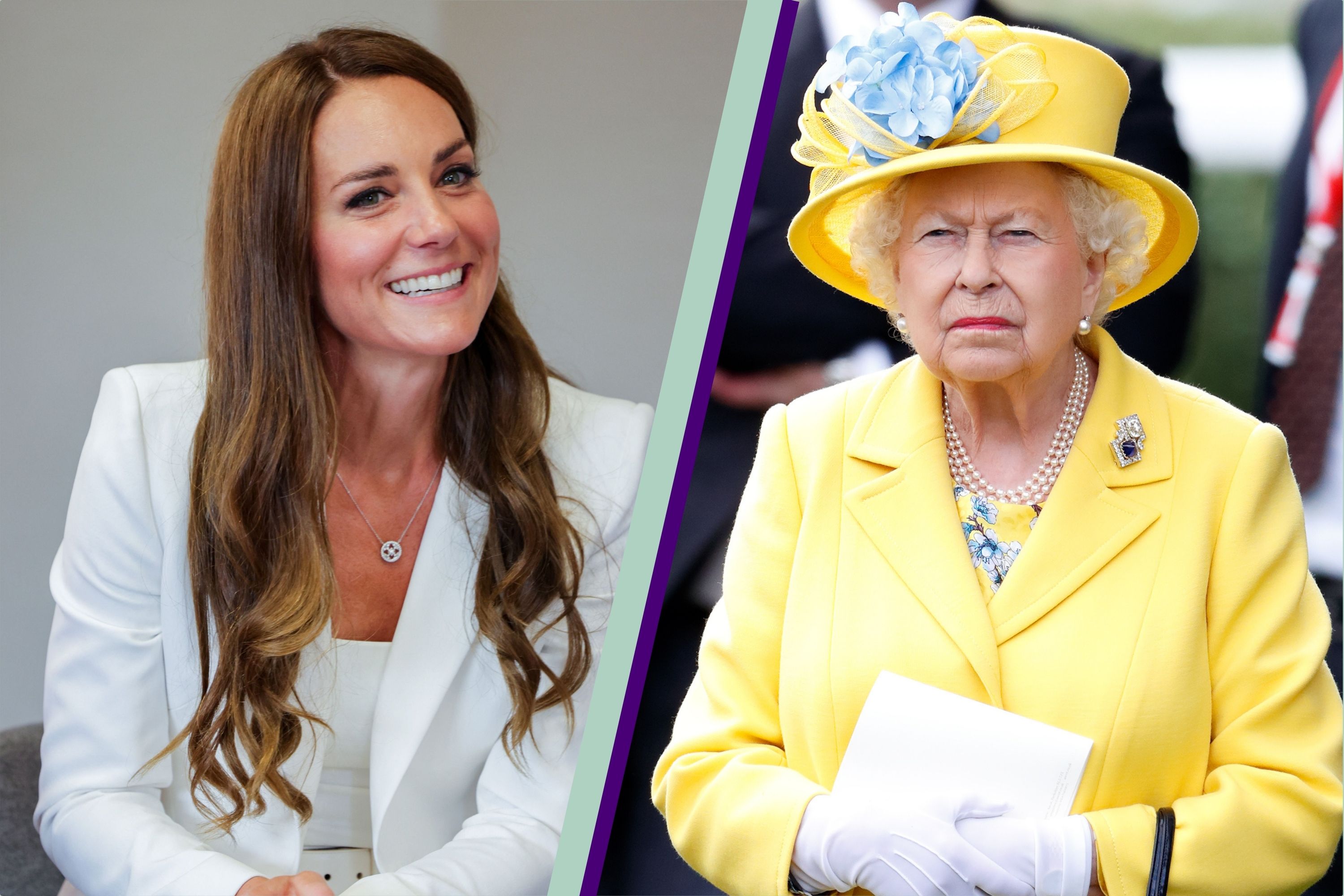 Kate Middleton laid out ‘bold’ family priorities in candid conversation with Queen Elizabeth II, new book reveals
Kate Middleton laid out ‘bold’ family priorities in candid conversation with Queen Elizabeth II, new book revealsThe Princess of Wales has always been clear about she plans to raise her three children
By Charlie Elizabeth Culverhouse
-
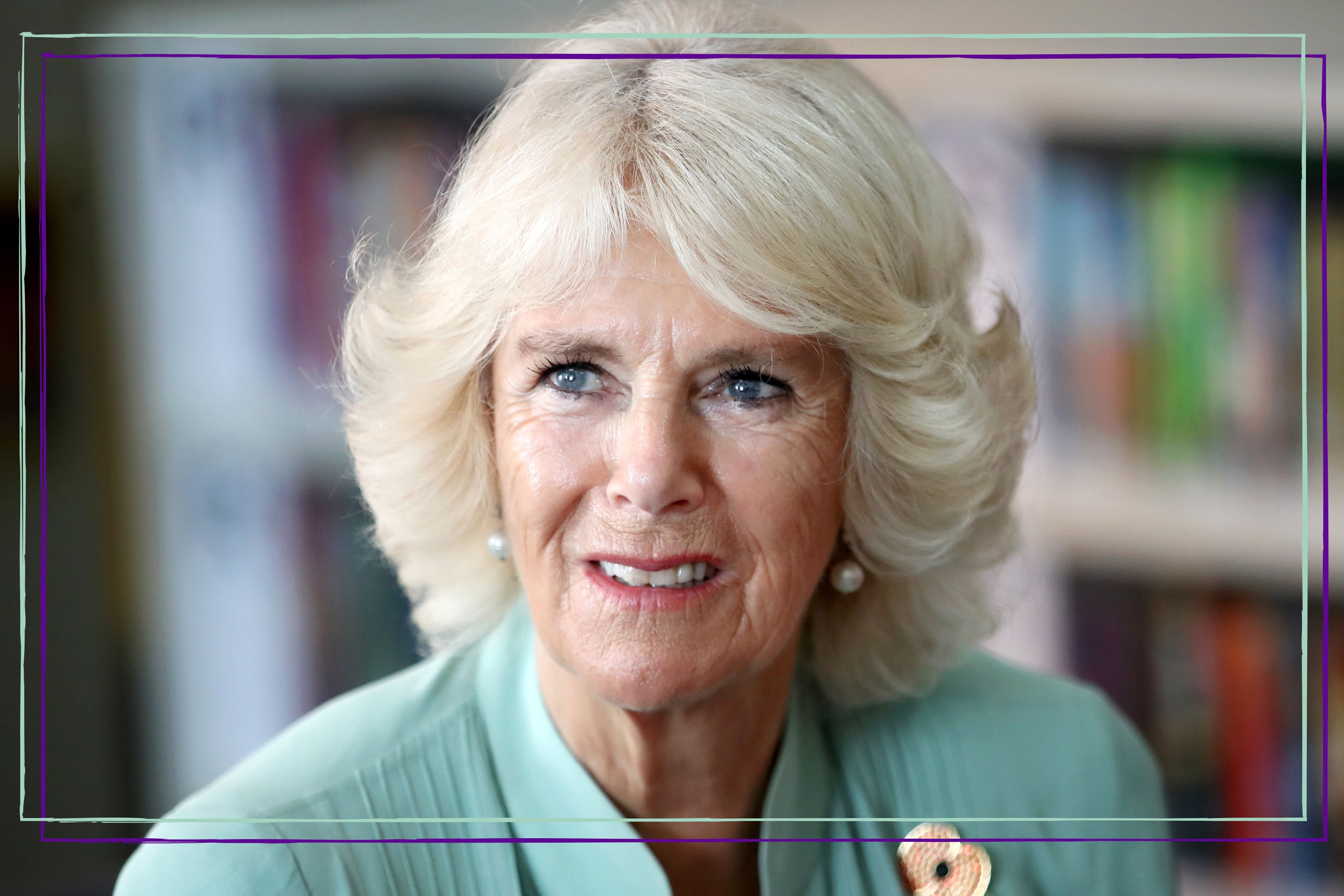 Queen Camilla names new puppy after grandson - here’s why experts don't love pets and kids sharing names
Queen Camilla names new puppy after grandson - here’s why experts don't love pets and kids sharing namesThe conversation over kids and dogs sharing names has long divided parents
By Charlie Elizabeth Culverhouse
-
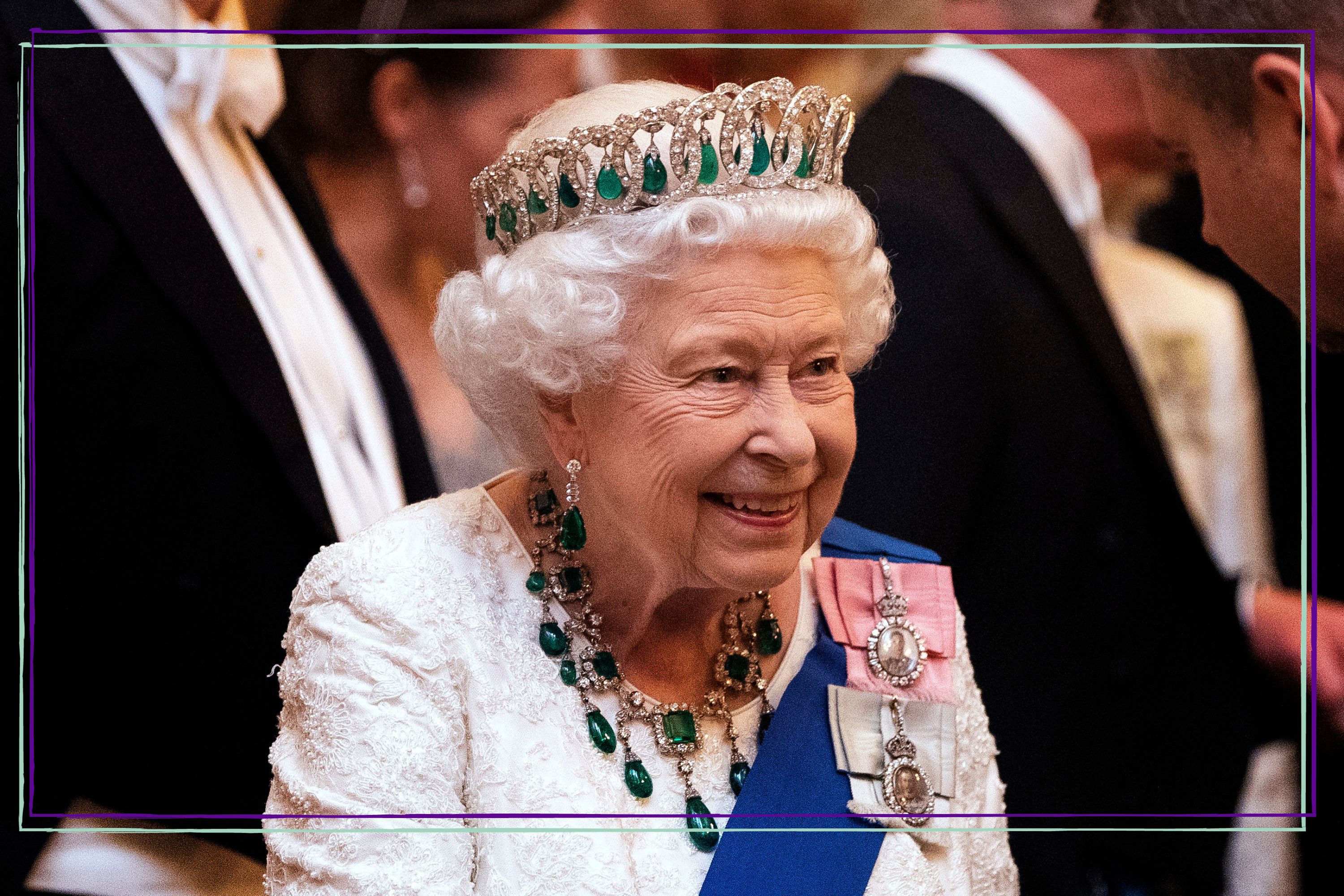 Queen Elizabeth's heartwarming approach to motherhood revealed in rare letter - and the note includes a hilarious joke about young King Charles III
Queen Elizabeth's heartwarming approach to motherhood revealed in rare letter - and the note includes a hilarious joke about young King Charles IIIA personal letter penned by the late monarch in 1950 has given sweet insight into her life as a young mother
By Charlie Elizabeth Culverhouse
-
 Prince George, Charlotte and Louis very nearly had different baby names as Kate Middleton ‘set her heart’ on moniker with a sweet link to the late Queen (and we love it)
Prince George, Charlotte and Louis very nearly had different baby names as Kate Middleton ‘set her heart’ on moniker with a sweet link to the late Queen (and we love it)The Princess of Wales 'set her heart' on the adorable baby name
By Charlie Elizabeth Culverhouse
-
 Queen Elizabeth is in full mum-mode in never-before-seen photo released by Buckingham Palace
Queen Elizabeth is in full mum-mode in never-before-seen photo released by Buckingham PalaceA selection of previously unseen Royal Family photos will go on display at Buckingham Palace
By Charlie Elizabeth Culverhouse
-
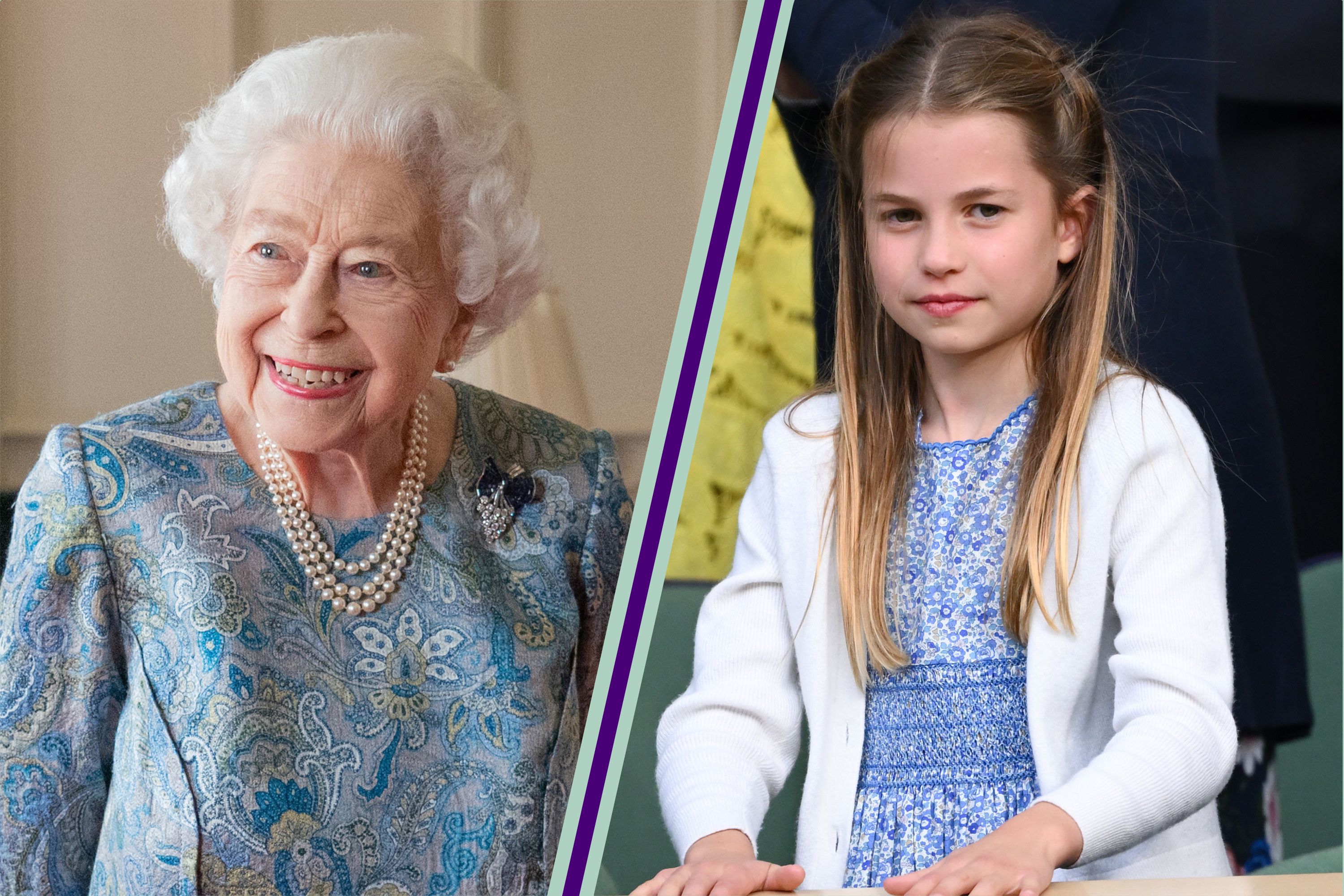 Princess Charlotte’s 9th birthday portrait contained a sweet nod to her great-grandmother Queen Elizabeth you might have missed
Princess Charlotte’s 9th birthday portrait contained a sweet nod to her great-grandmother Queen Elizabeth you might have missedThe youngster was beaming in her birthday photo - but did you notice the hidden detail?
By Charlie Elizabeth Culverhouse
-
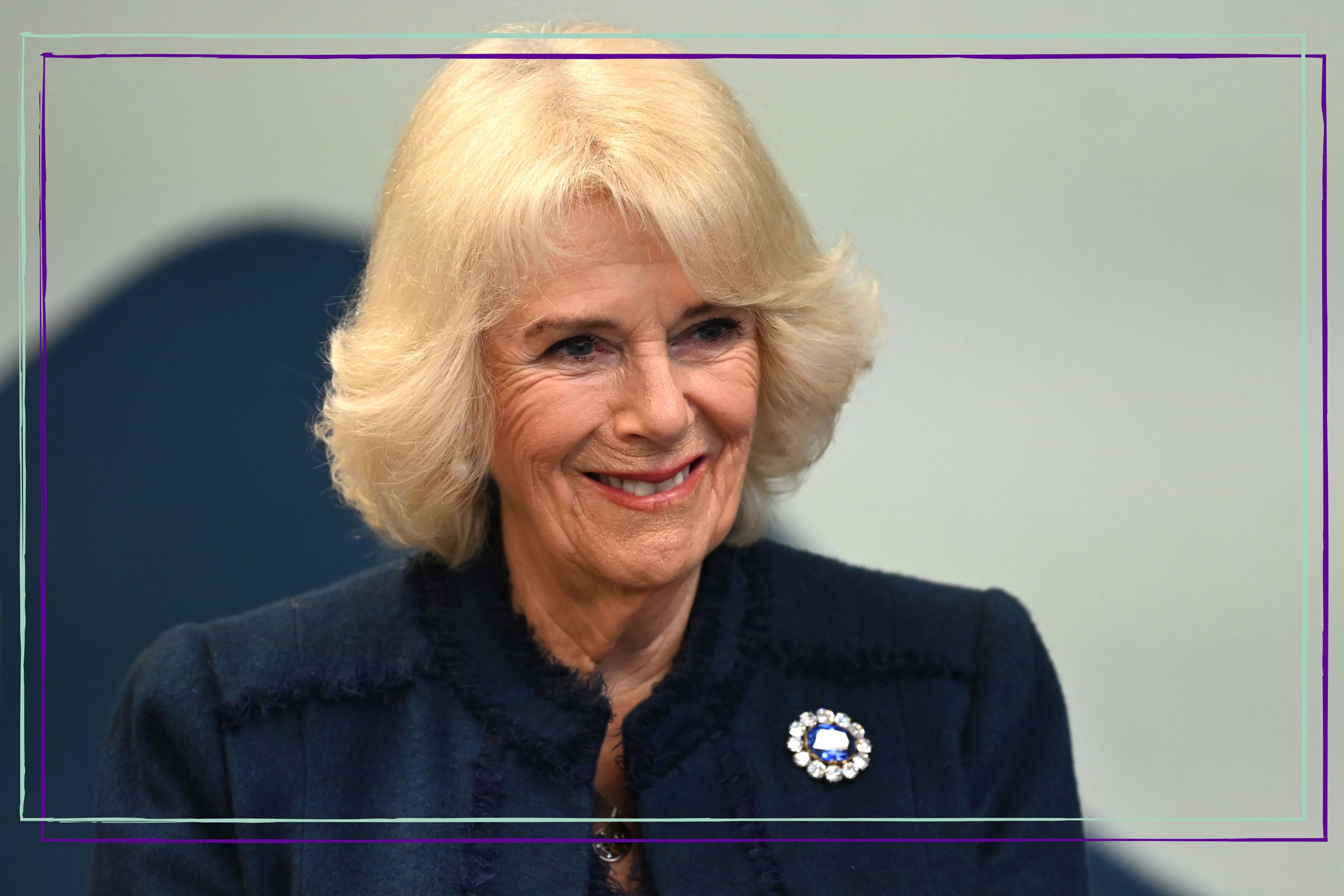 Queen Camilla gives hilarious insight into her grandson’s personality - but causes confusion over his name
Queen Camilla gives hilarious insight into her grandson’s personality - but causes confusion over his nameThe Queen consort proves that having two kids in the family with the same name can cause a lot of confusion
By Charlie Elizabeth Culverhouse
-
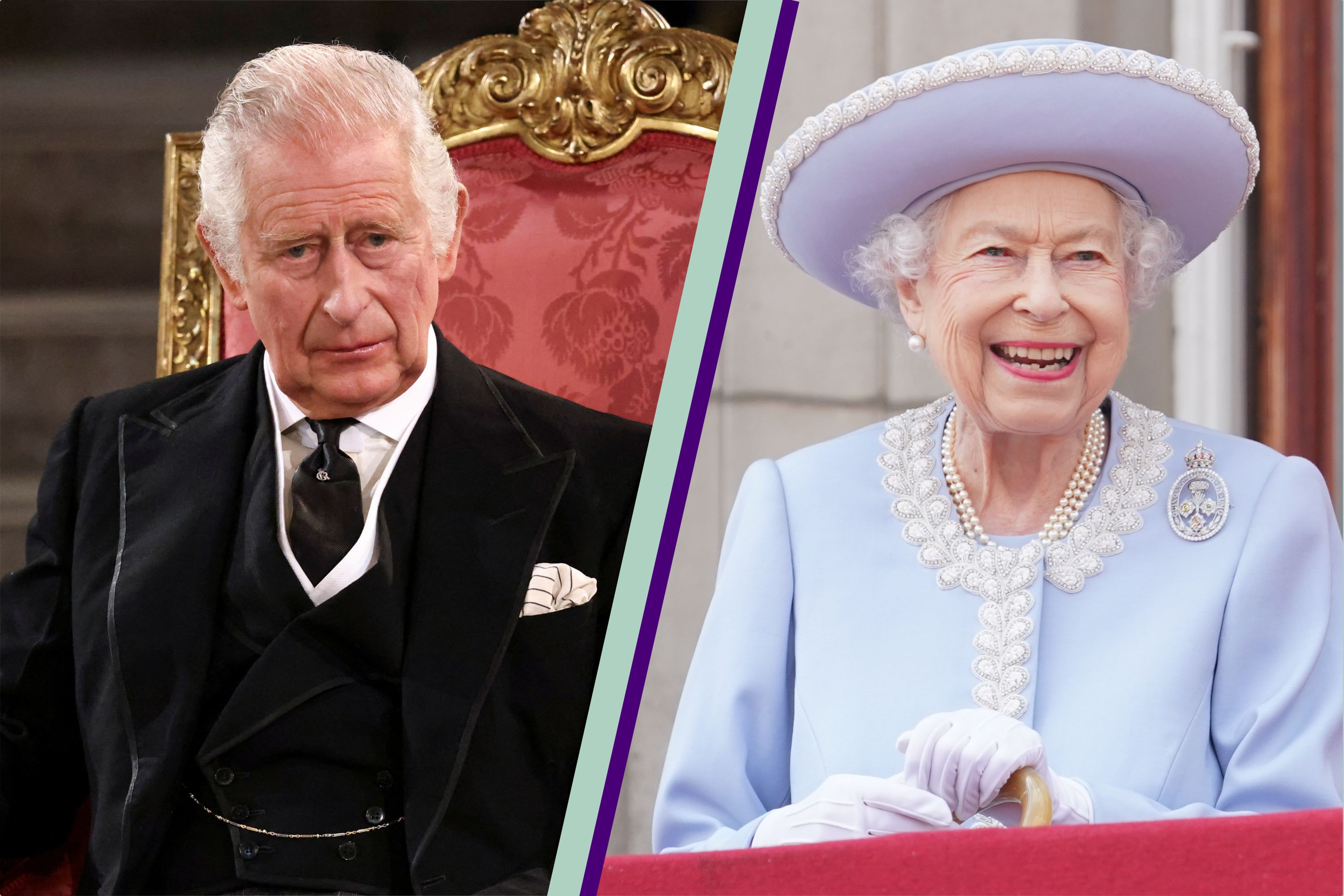 Queen Elizabeth was reportedly left ‘very upset’ by King Charles’ harsh and very public criticism of her parenting style
Queen Elizabeth was reportedly left ‘very upset’ by King Charles’ harsh and very public criticism of her parenting styleThe King has been open about growing up with 'emotionally distant' parents
By Charlie Elizabeth Culverhouse
